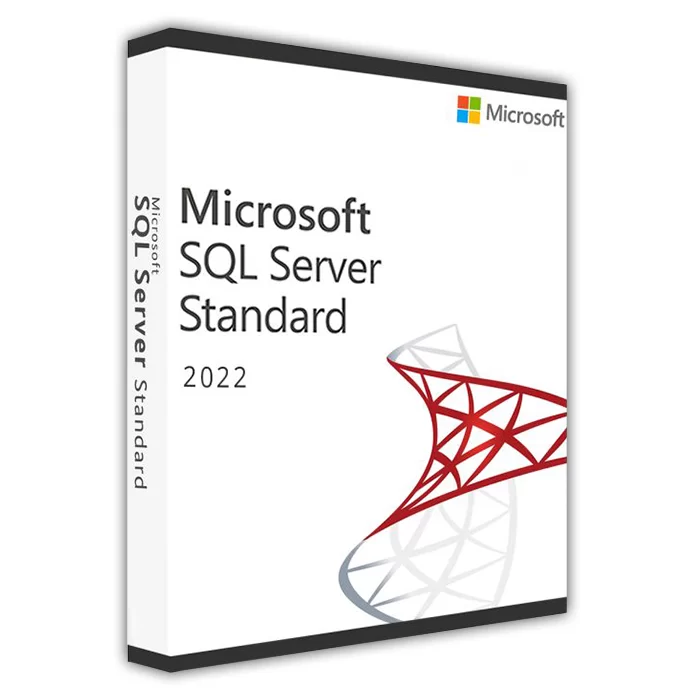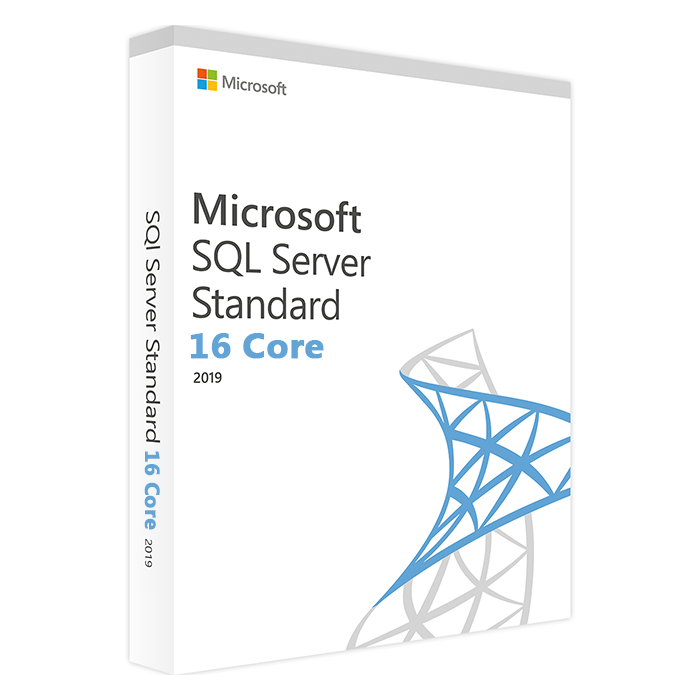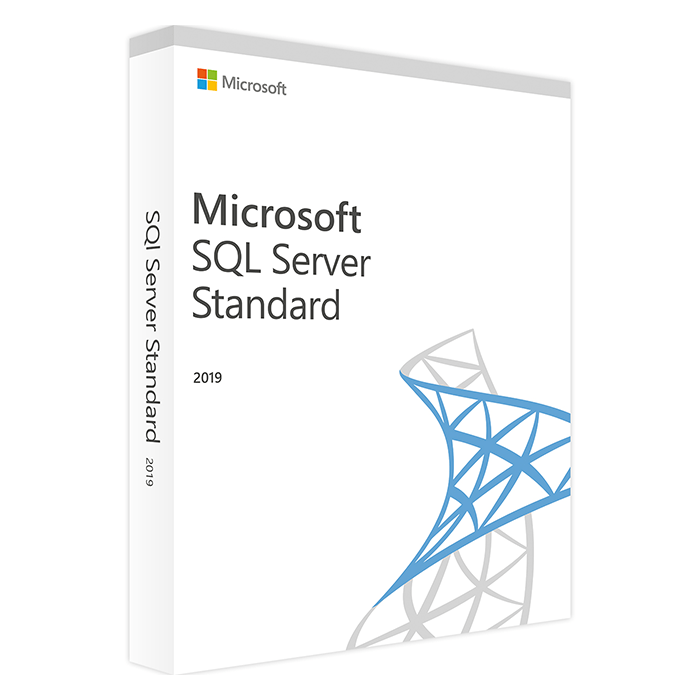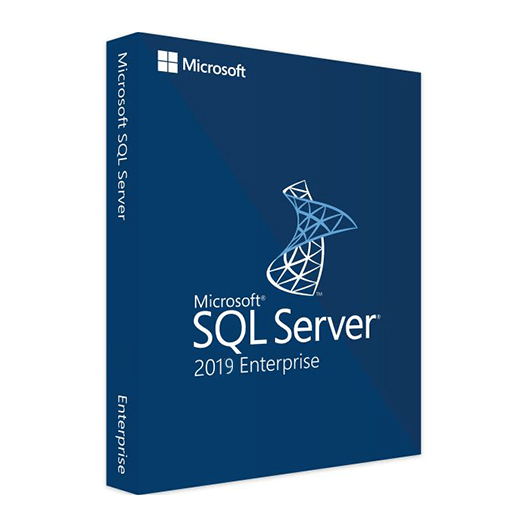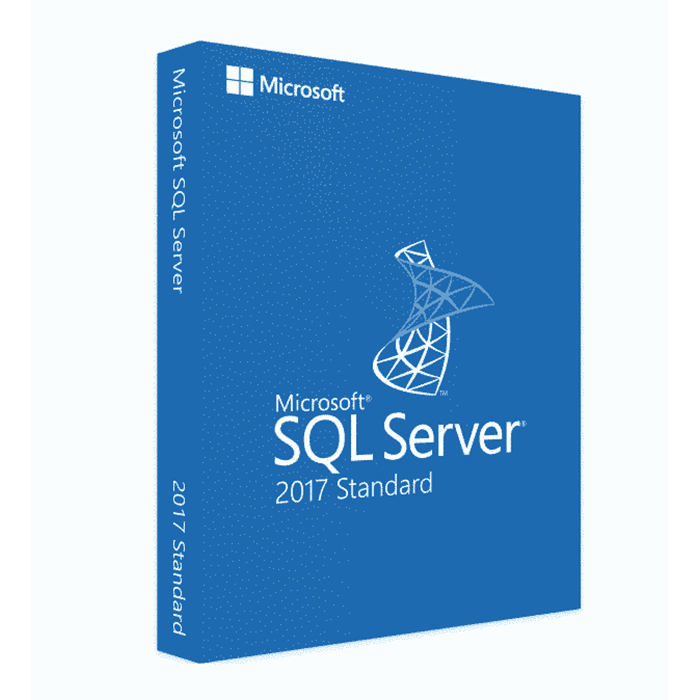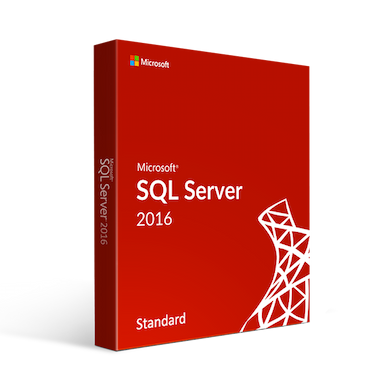Home » SQL Server High Availability Solutions: Always On and More
SQL Server High Availability Solutions: Always On and More
High availability is a critical aspect of database management, ensuring that your SQL Server databases remain accessible and reliable, even in the face of hardware failures or other disruptions. Microsoft SQL Server offers a range of high availability solutions to meet the needs of your organization. In this guide, we’ll explore these solutions, including SQL Server Always On, clustering, and replication.
The Importance of High Availability
Downtime can be costly for businesses, leading to lost revenue and diminished customer trust. High availability solutions are designed to minimize downtime by ensuring that your SQL Server databases remain operational and accessible.
SQL Server Always On Availability Groups
SQL Server Always On Availability Groups is a powerful high availability and disaster recovery solution that provides both data protection and accessibility. Key features include:
- Database Mirroring: Ensures that a standby copy of your database is available for failover in case of primary database failure.
- Automatic Failover: In the event of a failure, Always On Availability Groups can automatically redirect traffic to the standby database, minimizing downtime.
- Readable Secondary: Allows you to offload read-only workloads to secondary replicas, improving performance.
- Multiple Replicas: Supports configurations with multiple secondary replicas for enhanced redundancy.
SQL Server Failover Clustering
SQL Server Failover Clustering is another high availability solution that provides automatic failover capabilities. It involves grouping multiple SQL Server instances on different servers into a single cluster. Key features include:
- Automatic Failover: In the event of a server or instance failure, the clustered SQL Server instance automatically fails over to another node in the cluster.
- Shared Storage: Clustering typically requires shared storage, ensuring that data is accessible to all cluster nodes.
- High Availability at the Instance Level: Failover clustering provides high availability at the SQL Server instance level, making it suitable for scenarios where an entire instance needs to be protected.
SQL Server Replication
SQL Server Replication is a data distribution and synchronization solution that offers a variety of replication types, including snapshot, transactional, and merge replication. Key features include:
- Data Distribution: Replication allows you to distribute data changes to multiple SQL Server databases, ensuring data consistency.
- Low Latency: Transactional replication provides low-latency data synchronization, making it suitable for scenarios where near real-time data updates are essential.
- Bi-Directional Replication: Merge replication supports bi-directional data synchronization, enabling conflict resolution and data consolidation.
Choosing the Right Solution
The choice of a high availability solution depends on your specific requirements, including recovery time objectives (RTO) and recovery point objectives (RPO). Always On Availability Groups is often preferred for its combination of data protection and accessibility, while clustering and replication offer different advantages based on your needs.
High availability is a fundamental requirement for any organization that relies on SQL Server databases. Microsoft SQL Server offers a range of high availability solutions, including Always On Availability Groups, Failover Clustering, and Replication, to ensure data accessibility and reliability. By selecting the right solution and implementing best practices, you can minimize downtime and maintain a robust database environment.
Recent posts
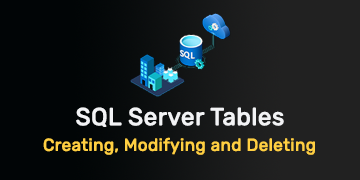
SQL Server Views: Simplifying Complex Queries
Explore SQL Server views to streamline complex queries, enhance data accessibility, and improve database management.

Introduction to SQL Server Triggers: Creating Automated Responses
Explore SQL Server triggers and learn how to create automated responses to database events for enhanced functionality.

SQL Server Tables: Creating, Modifying, and Deleting
Learn how to create, modify, and delete tables in SQL Server databases for effective data organization.
